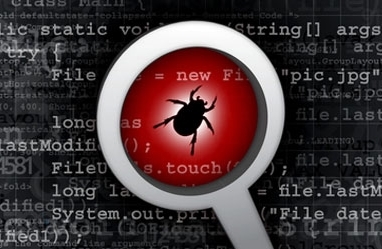WC '16 Finals S4 - Bug Infestation
View as PDF2016-17 Woburn Challenge Finals Round - Senior Division

Having fortunately gotten wind of the Cow-Bot's construction before
meeting it in battle, the monkeys are in the process of frantically
creating a virus, with the hopes of installing it into the robot and
shutting it down! They've finished writing their program, which consists
of
lines of code, but unfortunately its
quality may be somewhat lacking…
At any point in time, each line of code either contains a bug, or
doesn't. Initially, each line contains a bug if
, and
otherwise doesn't if
.
Each minute, the monkeys can select one line of code which contains a
bug, and fix that bug! Unfortunately, their code is so fragile that
fixing some bugs may introduce others. If a bug is fixed on line ,
then if
, there are no consequences. Otherwise, one other
line
will begin to have a bug
(regardless of whether it already had one or not).
In order to efficiently proceed with making their viral code as correct
as possible, the monkeys are interested in the answers to two questions.
Firstly, what's the minimum possible number of lines of code which can
be left containing bugs after they fix as many bugs as they'd like to?
And secondly, how quickly can that minimum number of outstanding bugs be
achieved? If , then you only need to answer the first of these
questions, and if
, then you must answer both.
In test cases worth of the points,
and
.
In test cases worth another of the points,
.
In test cases worth another of the points,
.
Input Specification
The first line of input consists of two space-separated integers and
.
lines follow, the
-th of which consists of two integers
and
(for
).
Output Specification
If , then output a single integer - the minimum possible number
of bugs which can remain in the code.
Otherwise if , then output two space-separated integers - the
minimum possible number of bugs which can remain in the code, and the
minimum number of minutes required to achieve that number of bugs.
Sample Input
10 2
1 4
0 0
0 8
0 10
0 0
1 0
1 4
1 4
1 5
0 7Sample Output
1 6Sample Explanation
One optimal sequence of lines to debug is: .
After this sequence, the only line containing a bug will be line . It's
impossible to eliminate all of the bugs from the monkeys' code
(hopefully the same isn't true for yours…).
Comments